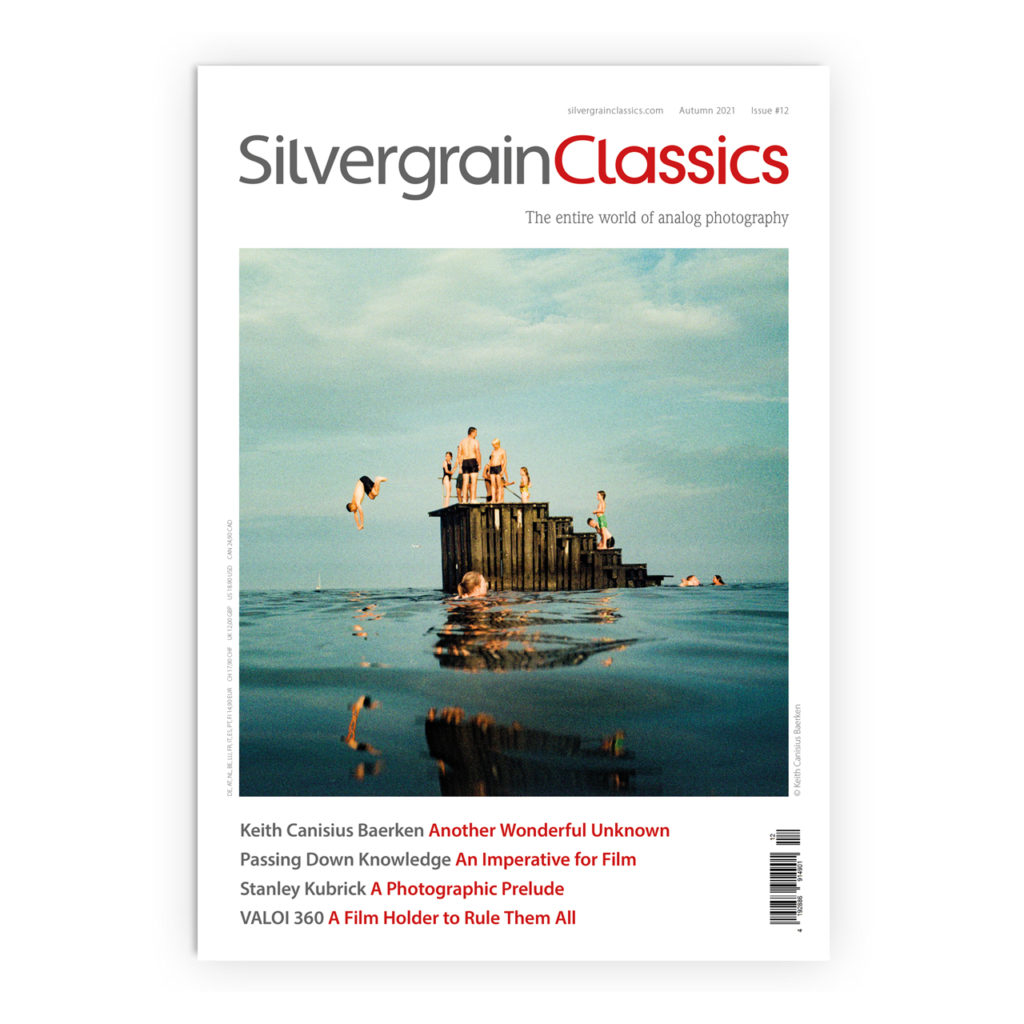A DIY photolab in Brussels
While José (left) and Tomás (right) make their own work in the Do it Yourself Brussels Photolab “Circanalogique” lab, they welcome anyone interested in, or who wants to discover and learn analogue photography techniques.
By Jürgen Schmied
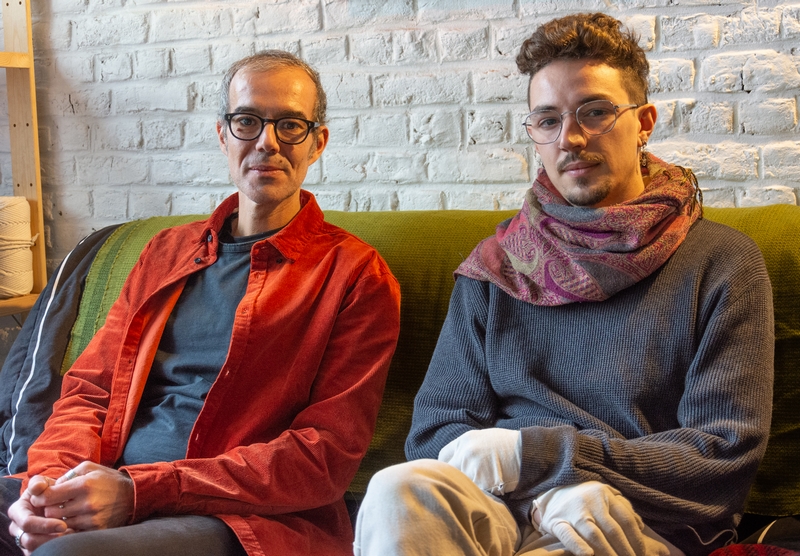
Image © Jürgen Schmied 2022.
“Circanalogique” is a do-it-yourself Photolab in Brussels, and is the brainchild of José Fonseca and his nephew Tomás. It is part of the L’Accroche cultural association and opened in January 2022.
While José (left) and Tomás (right) make their own work in the lab, they welcome anyone interested in or wants to discover and learn analogue photography techniques. “We want to help change things”, they say.
The building where their darkroom is housed is where the legendary Atoma plastic ring binder was designed in 1948. The former warehouse is in Rue Pierre Decoster in the Forest district and was abandoned for almost ten years. A plan to demolish the building to make space for new apartment blocks was put on hold to explore alternative uses for the building. In December 2020 the entire site was made available for artists freshly graduated from art school. Large industrial mezzanines and narrower rooms were converted into temporary workshops and offices.
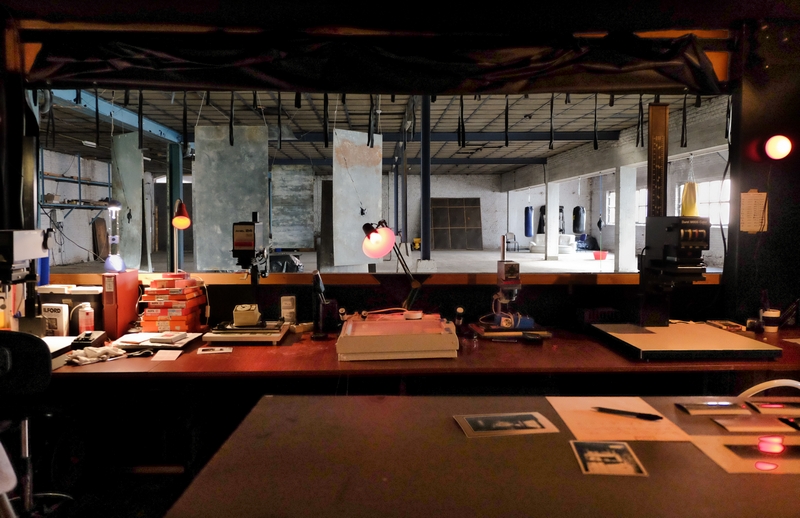
Cirqueanalogique - a DIY Photolab in Brussels. Image © Jürgen Schmied 2022.
Tomás, who is a sculptor who graduated with a master#s degree from the Académie Royale des Beaux-arts in Brussels, discovered analogue film photography five years ago. He taught himself how to develop black and white film via the resources on the internet. Now he shares his knowledge in introductory courses in the lab space. “More and more young people are interested in learning about developing themselves rather than giving their film away to a commercial lab”, Tomás explains.
They have attracted artists from as far away as Berlin, Portugal and France. Often, the artists stay in residence for a couple of weeks to realize their projects. José and Tomás are creating a space for research, experimentation and exploring new possibilities. They have printed pictures on concrete and used alternative development chemicals. They developed a super-8 film with a self-made coffee-based developer during a super-8 workshop and published “A film cookbook – Un labo dans la cuisine” (“A lab in the kitchen”).
Over the next few weeks, they will work with a local artist who creates vegetable paper from plants growing in the Brussels area. “Let´s see what black and white pictures will look like on this kind of paper”, says José.
The idea of Circanalogique is more than to provide the hardware, chemistry, and paper. For the founders, it is equally important to exchange ideas, discover and learn new things together. “We love working with young, upcoming artists and supporting them”, José mentions. For them, the lab is “a space of reflection and artistic experimentation through the image.”
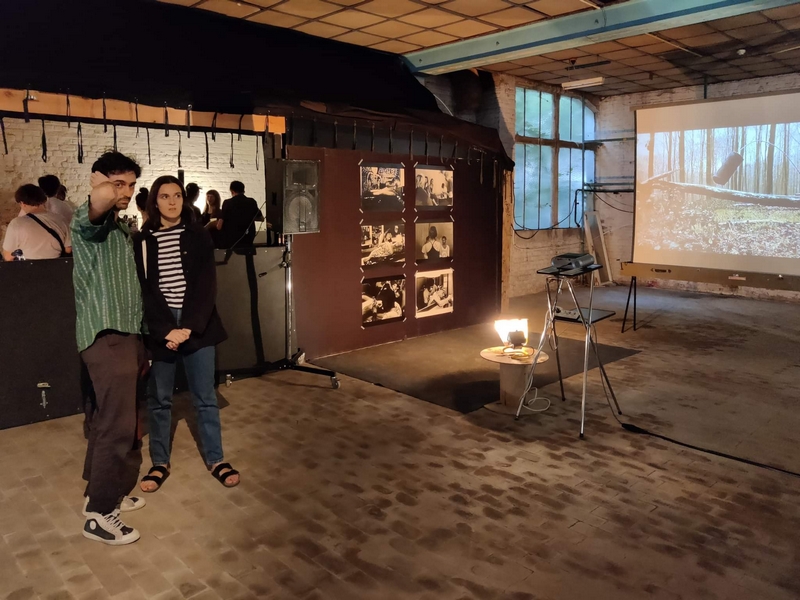
Image © Zoé Namêche 2022.
In front of the darkroom, there is a large space they plan to use for exhibitions next year, so people can see what comes out of the lab. “Maybe we will show a new exhibition every other month,” he says, “to give the artists a chance to exhibit their work”.
“We built the Circanalogique (Circus of Analog ) space over the last two years”, explains José. The name “Circus of Analog” came from the shape of that lab, which looks like a tent. He adds, “it is all about experimentation”.
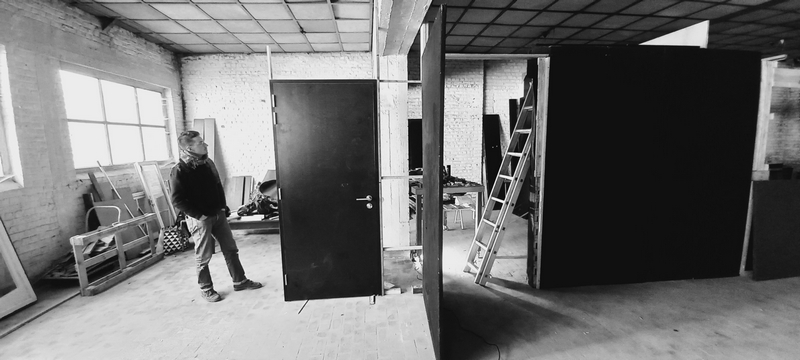
Cirqueanalogique - a DIY Photolab in Brussels. Images © Jürgen Schmied 2022.
They used recycled material as much as possible to build the lab. The darkening curtains came from the Brussels Opera house “La Monnaie”. The vinyl flooring was used in another building as were the wooden walls which separate the darkroom from the large industrial space on the second floor of the building.
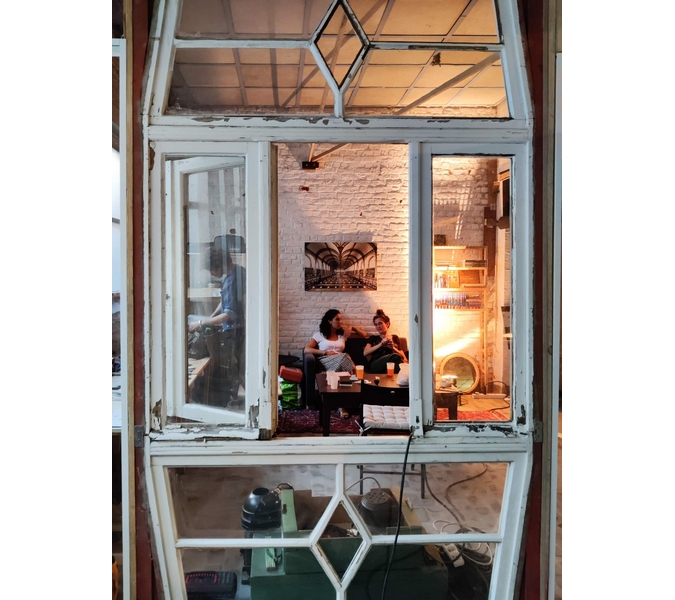
Image © Zoé Namêche 2022.
In the 50 m2 lab several enlargers can be used to create small prints as well as large exposures from 35 to 120mm negatives. “I love to see large prints,” says José. One of the things he wants to do next is to put the Kaiser black and white enlarger on wheels, so it can be moved to allow wall projection for ultra-large-scale prints. “We expand our capabilities step-by-step”, he explains. Currently, the lab only caters for black and white, but they want to go down the colour road in the future. The Durst M805 enlarger is already equipped with a colour head.
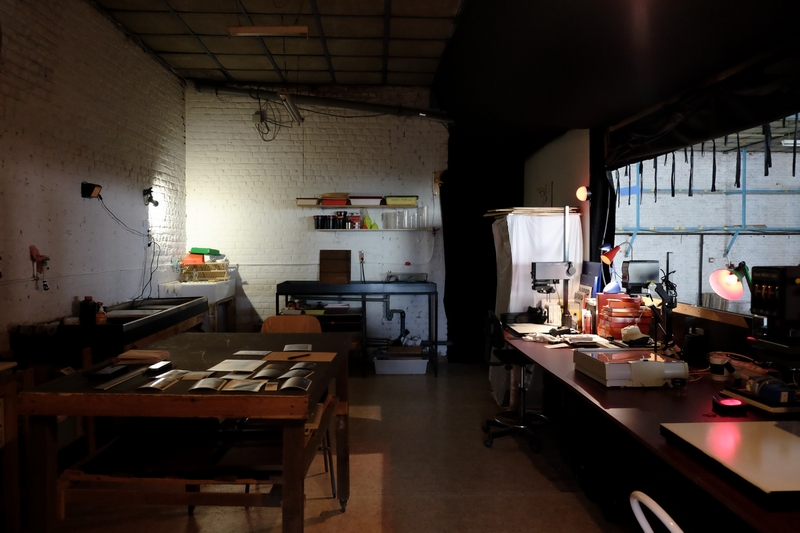
Image © Jürgen Schmied 2022.
The lab can be rented per hour once or regularly, “we are flexible”. Newcomers are introduced to the lab, and José and Tomás are happy to help beginners and support experts where needed.
Visitors are welcome, José and Tomás can be found around the lab on most days.
To get in touch and visit the lab, send them an email : circanalogique@gmail.com
Images © Jürgen Schmied 2022.
You might also be interested in this article on Dubai’s Filmoticon Spacelab https://silvergrainclassics.com/en/2020/12/filmoticon-spacelab-analogue-film-processing-boom/

